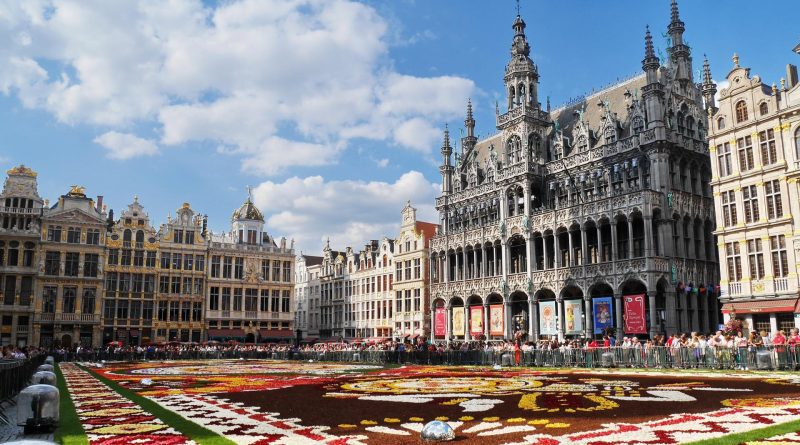European Continent
European Continent
Europe (Old World) consists of a subcontinent which includes the peninsula located in the northern part of the continent of Eurasia and the islands are unacceptable.
As a result of historical-cultural factors, it is traditionally considered itself a continent, although among the smallest: the surface it covers only 10,180,000 km ² (extension only slightly higher Oceania, the smallest continent of Earth), but populated by 731 million inhabitants that led her to be the third most populous continent (after Asia and Africa).
Its natural boundary consists of a stretch from the sea: it is bounded on the north by the Arctic Ocean, to the west by the Atlantic Ocean, to the south by the Mediterranean Sea, south-east of the Black Sea and the Caucasus, to the east by the Caspian Sea from the Ural Mountains and the Ural River.
European history and culture greatly influenced the entire civilized world. The penetration of the sea has always fostered communication among people of different regions and frequent were the migrations to other regions of the world. The mild climate of much of the continent has also meant that become densely populated
The name “Europe” is of uncertain origin.In Greek mythology, Europa was the daughter of Agenor king of Tyre, an ancient Phoenician town and Greek colony in the Mediterranean-Middle East area. Zeus fell in love with this, he decided to kidnap her and turned into a beautiful white bull. While caught the flowers by the sea Europe saw the bull that was approaching. It was a bit ‘scared but the bull lay down at his feet and Europe calmed down. Seeing that he let caress Europe rose on the back of the bull that jumped into the water and brought her to Crete. Zeus transformed back into God and revealed his love. They had three sons: Minos, Sarpedon and Rhadamanthus. Minos became king of Crete and gave birth to the Cretan civilization, the cradle of European civilization. The name Europe, from that moment, he pointed to the lands located north of the Mediterranean Sea.
Geographically Europe is a part of the Eurasian supercontinent.
The boundary to the east of the continent from the Ural Mountains in Russia, continuing with the Ural River, the Caspian Sea and the depression of the Kuma-Manych south, separating it from Asia. This line of demarcation was defined as the Tsar of Russia since 1730 based on the work of German geographical Philip Johan von Strahlenberg. However, not everyone accepts this convention: thus, beyond the Ural River, the Emba also can be used as a border, and the peaks of the Caucasus could replace the Kuma rivers and Manych.
The Black Sea, the Bosphorus, the Sea of Marmara and the Dardanelles conclude the boundary with Asia. The Mediterranean Sea to the south separates Europe from Africa, and to the west the boundary is given by the Atlantic Ocean, including Iceland. Has not yet been concluded the debate on where the geographical center of Europe.
These borders to the east of Europe are only political, economic and cultural, but not geographical. This has given rise to different interpretations on the borders of Europe and then in the territory of which Europe is composed, including or excluding entire countries. Almost all European countries are part of the Council of Europe, except Belarus, Vatican City, Kazakhstan and Kosovo.
The idea of the European continent, however, is not universally accepted. Some geographic areas outside Europe tend to refer to the Eurasian or see Europe as a sub-continent, not being completely surrounded by the sea, defined as more cultural than geographical area. In the past, this division was held invalid on the ground that separated the territory of Christians from non-Christians.
The word Europe is sometimes used as an abbreviation for the European Community (EC) (later to become EU) and its member states, which from 1 January 2007 are 27.
Guido Bissanti

